
I’m going to show you something most marketers would keep to themselves.
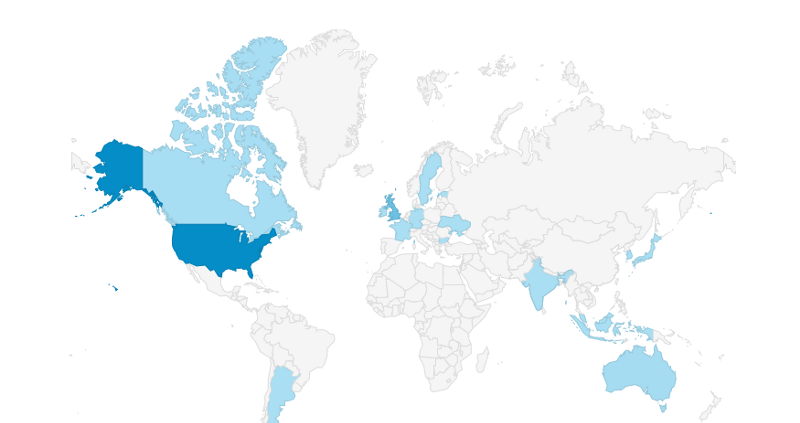
S&T Traffic Map Post Redesign For the last few weeks, I’ve been looking at this map a lot.
Some parts are easy to explain:
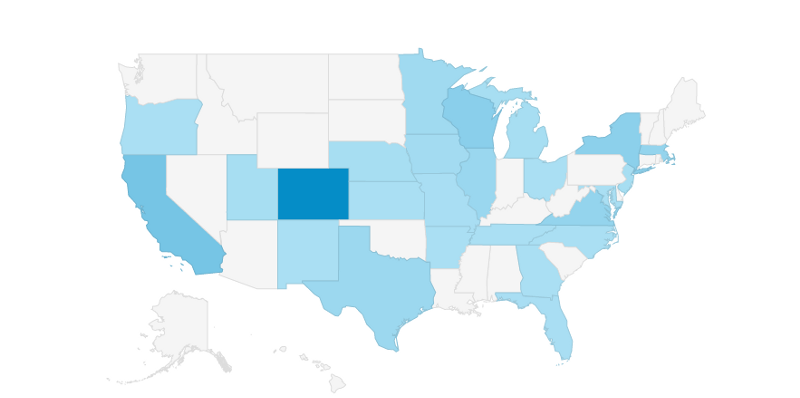
Domestic Traffic Others are surprising:
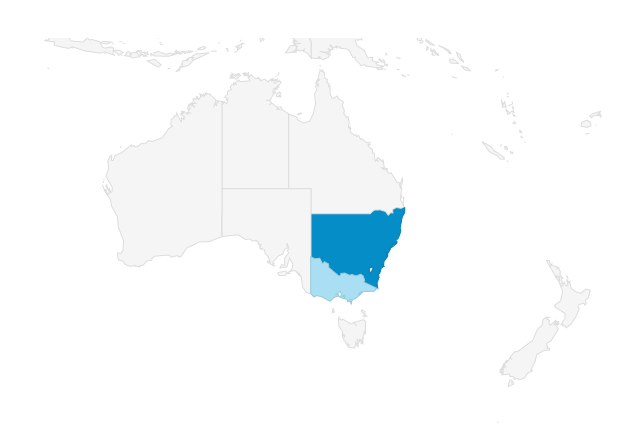
Australia! There’s one part in particular I’ve been trying to figure out and so I’ve been spending a lot of time consuming content from the different regions where people consume my content. I figured that if I found anything interesting, I’d be able to write about it.
Savvy readers may notice, I’m doing that now.
But before I tell you about the Kollywood Cafe, I’ve got to explain one bit of context first. If you just want to read about the Cafe, make sure you skip to the section “Here’s Someone Who Did Something About It.”
### An Overly Simplistic Way To Think About How Content Moves Online

If you spend much time online, you’ve probably seen a piece of media come at you from “out of nowhere.”
I’m probably not spoiling any secrets by telling you that this isn’t how it actually works — and if you don’t want to know about it you should just skip this section entirely.

What’s actually happening here is that people share links back and forth. If you build up a reputation online for sharing good links (or content about the content of those links,) you’ll attract a following of people who are interested in seeing those things. As you do more of it, it gets harder and harder to come up with “good content,” but because you’ve built up a reputation for having it, there are plenty of people who come out of the woodwork to help you keep it afloat.
On August third, Lori White published this. A day earlier (August 2nd) a content aggregating account, Top Stories reposted an article I’m sure you’ve seen. You may know it as the FAQ page from the fine folks at Little Free Pantry or as this June 1st article.
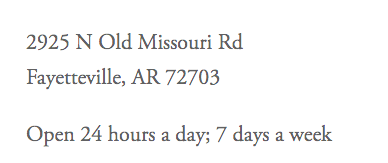
(If You Want Off Medium, That’s Here.) Lots of people saw it, a lot of different ways.
In addition to looking at the timeline of the spread of a piece of content, you can pay attention to posts that suddenly have a lot more traffic than other posts. By doing that, you can easily identify the spot that you should pay attention to.
That’s how I noticed this.

### Here’s Someone Who Did Something About It.

In “Now, Coimbatore has Tamil Nadu’s first sidewalk fridge to feed poor,” Komal Gauthman shares the story of how Kollywood Cafe took an opportunity to find a unique kind of corporate sponsorship.
Working with an NGO partner, Kollywood Cafe found an opportunity to put its leftover food to use.
They posted about it, to share information in their community — but they got something out of it for themselves, too.
Take a look at the number of reactions from that center post, the post about the food ATM. Compare it to the number of views on this article, an earlier bit of PR the company did.
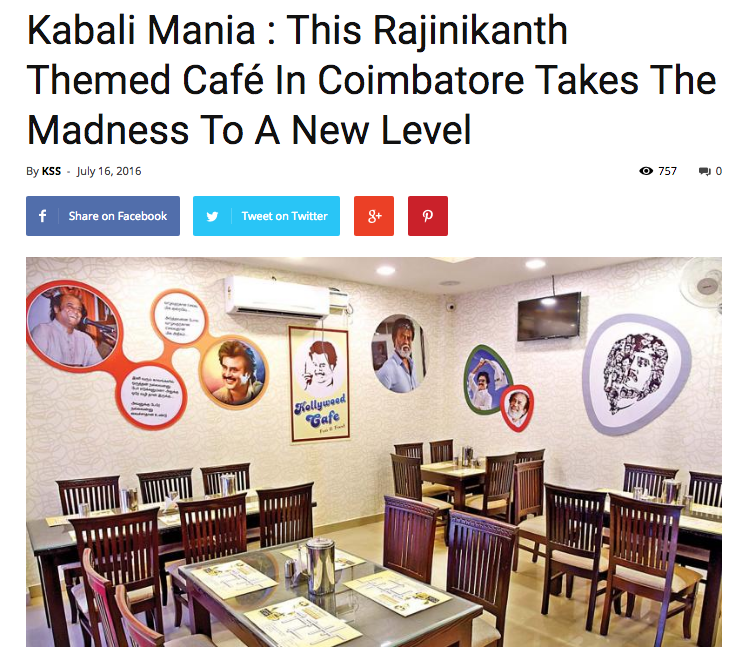
I have just two questions.
Which one is doing more good for the world?
Which one is driving more sales?

When you act quickly on new ideas — new solutions to problems real people have, people notice. It’s not a gimmick, it works because it gives people something they are excited to support. It’ll (likely) work for every cause a person can reasonably believe a business might support — and the only trick is to make sure you present it in the right way.

Share this post
Twitter
Facebook
Reddit
LinkedIn
StumbleUpon
Pinterest
Email